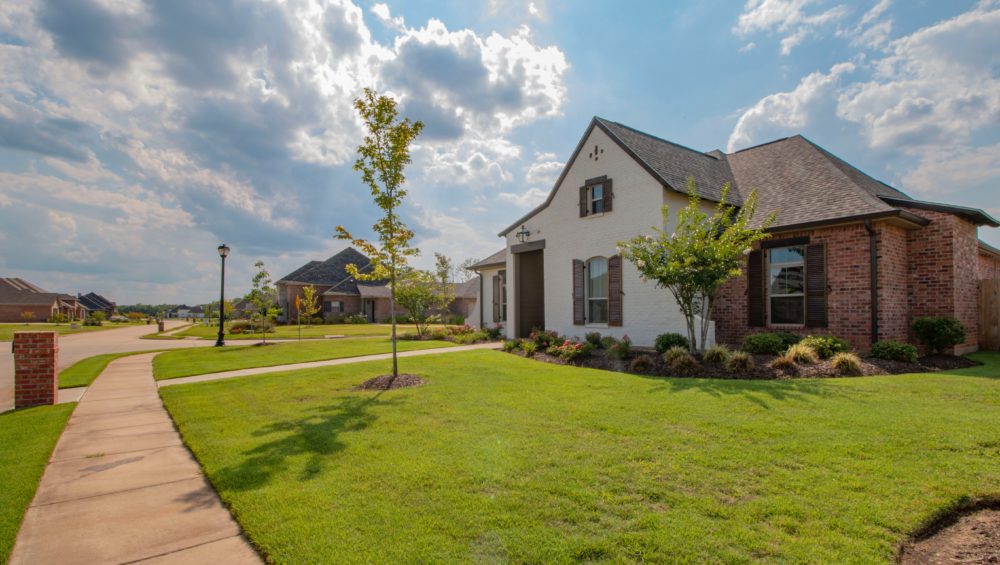What’s the difference between SFR and BFR?
SFR and BFR are both acronyms that are used in the real estate industry, but they refer to two very different types of properties. SFR stands for single-family rental, which is a type of residential property that is designed to house a single family. These properties are often detached homes that are situated on a piece of land, and they can be owned by the occupant or rented out to tenants. Often, SFR investors employ a “scattered site” acquisition strategy where the properties owned are not contiguous.
On the other hand, BFR stands for build for rent, which refers to a type of property that is specifically designed and constructed to be rented out to tenants. These properties are typically multifamily buildings, such as apartment buildings or townhomes, that are built with the intention of being rented out to multiple tenants. BFR properties are typically owned by investors who are looking to generate income from rental income. Sometimes BFR is referred to as “horizontal multifamily” because these purpose-built rental communities include amenities common to apartment complexes: a community pool, a central leasing office, on-site maintenance staff.
There are a number of key differences between SFR and BFR properties. For example, SFR properties are typically smaller and more spread out than BFR properties, which are concentrated in a single subdivision. Additionally, it’s rare that investors are building “one-off” single family residences for the purpose of renting them out, while BFR properties often requiring more complex financing arrangements and construction processes to build from scratch.
Despite these differences, both SFR and BFR properties can provide a number of benefits for landlords and investors. SFR properties can be a good option for investors who are looking to own and manage a smaller number of properties, but require outsourced renovation contractors while BFR properties can be a good option for investors who are looking to generate rental income from a larger number of units. Both types of properties can provide a steady stream of income and can be a valuable part of a well-diversified real estate investment portfolio.






